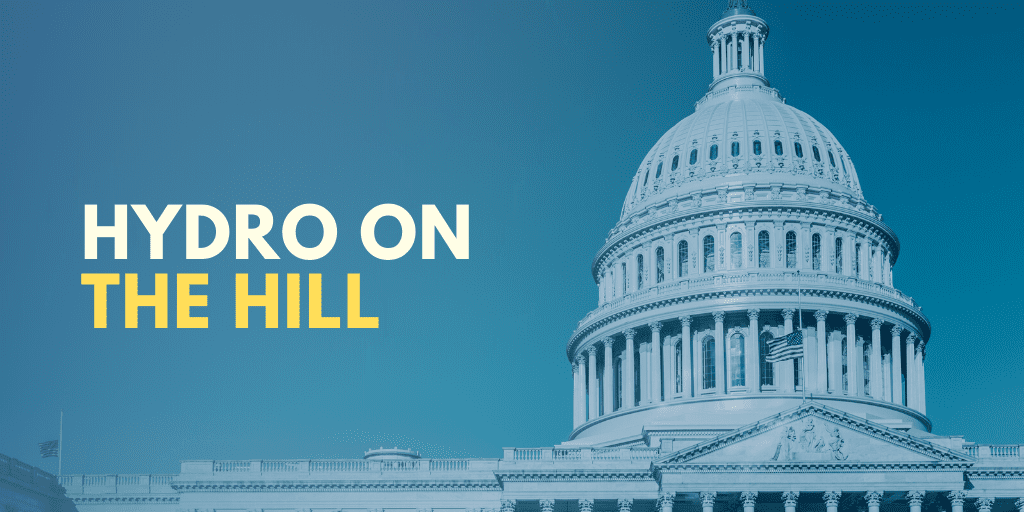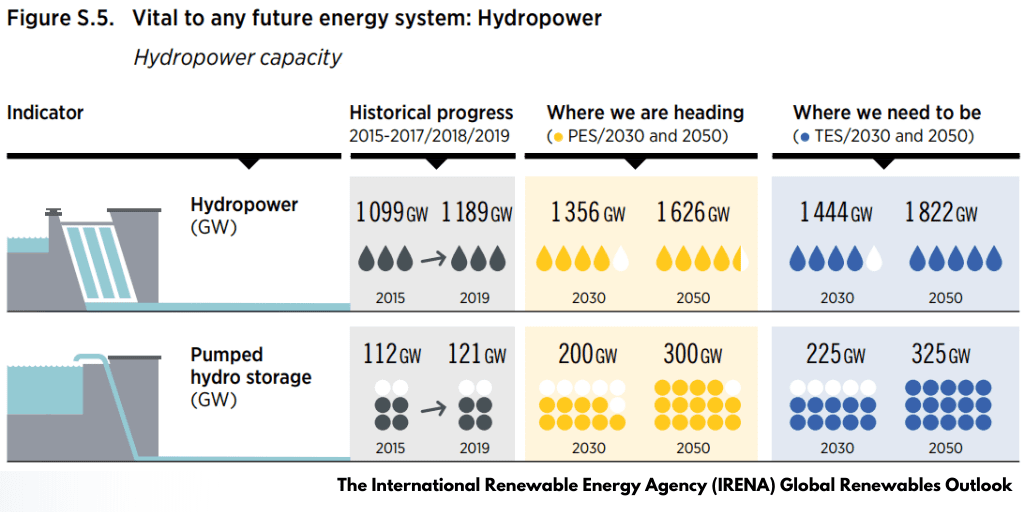
In this week’s Path to Clean Energy, we take a look at U.S. universities that are leveraging hydropower to meet sustainability goals, unpack the new bold vision unveiled by renewable energy industries on the future of our clean energy grid, and hone in on Congress’ latest efforts that make hydropower a priority in clean energy legislation.

Think Again: Universities Look to Hydropower as Renewable Solution
In 1904, Cornell University built its first hydropower plant to power its Ithaca campus with clean, renewable energy. Fast forward over a hundred years later, colleges throughout the country are still looking to add hydro to their energy portfolio, but not just for the generation.
Universities are evolving to become more sustainable by lessening their carbon footprint. Similar to the Clean Energy Standards being adopted by states, universities are increasingly developing sustainability targets that source their energy from renewable resources.
A few months ago, Villanova University announced that as part of its plan to achieve carbon neutrality by 2050, they entered into an agreement to source 50% of its energy from hydropower. The power will come from Brookfield Renewable’s 252-MW Holtwood Hydroelectric Power Plant, located on the Susquehanna River.
Villanova isn’t alone. In the Midwest, the University of Notre Dame is currently building a 2.5-MW hydropower facility on an existing city-owned dam in South Bend, Indiana. The hydropower facility, which is expected to provide 7% of the school’s power, will help the university meet its target of reducing its carbon footprint by half by 2030.
While “going green” or meeting clean energy targets might seem synonymous with the development of wind and solar, universities are seeing the value that hydropower brings to the renewable table. Not only is hydropower a carbon-free resource, but it provides critical electrical grid reliability services.
Last year, the University of Pittsburgh signed a letter of intent with Rye Development to purchase 100 percent of the power from a hydropower facility to be built on an existing non-powered dam, located just a few miles from the campus. Slated to open in 2022, the new facility will supply 25 percent of the university’s electricity, and bring the school one step closer to meeting its goal of 50 percent renewable energy by 2030.
At the University of New Hampshire, they view their hydropower as “artisanal energy”. The university is sourcing 10 percent from three nearby small hydropower facilities — Fiske Hydro (Hinsdale), Ampersand Energy Partners (Groveton) Steels Pond Hydro (Antrim).
Universities are a microcosm of the role that hydropower can play. As states search for clean energy solutions, hydropower will be needed to help them achieve decarbonization goals.
Back in Ithaca, Cornell’s hydropower facility, which today generates approximately 2% of the campus’s electricity, is a working roadmap of our clean energy future. After one hundred years of service, the facility is just as needed as when it came online.
If hydropower is good enough for the institutions training tomorrow’s best and brightest, then perhaps we all should be taking a closer look.

Shared Vision: Majority Renewables by 2030
In May of this year, the U.S. Energy Information Administration announced that for the first time in over 130 years, U.S. renewable energy consumption surpassed coal. While this event was rightly heralded as a major milestone, the American hydropower, wind, solar, and energy storage industries believe that it is just a bellwether of changes coming to the electricity landscape.
The National Hydropower Association has joined with the American Wind Energy Association (AWEA), Solar Energy Industries Association (SEIA), and Energy Storage Association (ESA) to articulate a vision for majority renewables within a decade. Under this vision, more than half of the electricity generated in the U.S. will come from clean, renewable resources supported by energy storage by 2030.
Our four industries have released a set of joint advocacy principles that will enable us to realize this bold vision of a majority renewables grid. Along with increased collaboration, these shared principles include building a more resilient, efficient, sustainable, and affordable grid; achieving carbon reductions; and advancing greater competition through fair market rules. Each of these areas is critical to attaining the shared vision for 2030.
Read Our Joint Op-ed: The U.S. Electric Grid of the Future Powers a Stronger Economy and Environment
Learn More About Our Shared Vision: U.S. Renewable and Clean Energy Industries Set Sights on Market Majority
How Does Hydropower and Pumped Storage Help Get Us There?
- Hydropower and pumped storage hydropower are renewable energy force multipliers: carbon-free electricity generation and storage that power over 30 million American homes while providing needed flexibility to help integrate other renewables onto the grid.
- Since 97 percent of existing U.S. dams are not currently used for power generation, hydropower can grow by adding generation to non-powered dams.
- Hydropower and pumped storage already provide over 100 GW of carbon-free capacity and have the potential to add almost 25 GW more onto the grid by 2030.
The path towards an affordable, reliable, carbon-free electricity grid starts by harnessing the immense potential of hydropower, wind, solar and energy storage to work together.

Congress Recognizes Hydropower in Recent Legislation
In recent weeks, Congress has introduced a number of clean energy bills, including the passage of the House’s infrastructure bill, that contain provisions that enable hydropower, pumped storage and marine energy to help accelerate America’s transition to a clean electricity grid.
Topline Bill Takeaways:
- House Select Committee on the Climate Crisis, Climate Crisis Action Plan: Hydropower included in the national clean energy standard as a zero-emission technology to achieve net-zero emissions in the electricity sector by no later than 2040.
- Hydropower Clean Energy Future Act: Modernizes the licensing process and encourages proper market compensation for hydropower grid reliability services.
- Moving Forward Act: Extends renewable energy production tax credit and investment tax credit for hydropower, pumped storage and marine energy through 2025.
Why It Matters: To unlock hydro’s potential, the industry needs a licensing process that allows for greater transparency, timeliness and predictability. Equally important, tax incentives for new facilities on existing dams are critical in light of the capital-intensive nature of these projects and to create a level playing field with other carbon-free technologies.

By the Numbers
The International Renewable Energy Agency’s (IRENA) new report, Global Renewables Outlook, shows how hydropower can bring important synergies to the international energy system of the future. In its “Transforming Energy Scenario”, hydropower capacity would need to increase 25% by 2030, and 60% by 2050, while pumped hydro storage capacity would need to double. When including both types of hydropower, around 850 GW of newly installed capacity is required in the next 30 years – or roughly adding the entire power system capacity of the European Union in 2020.


Forbes: Former Energy Secretary Steven Chu says Pumped Storage, Our Long-Term Energy Storage Solution Has Been Here All Along
PowerMag: Energy Experts Rethink Hydropower’s Eligibility for State Renewable Incentive Programs
GreenTech Media: Natel Energy co-founder and CEO Gia Schneider discusses Building Climate-Resilient, Restorative Hydropower



